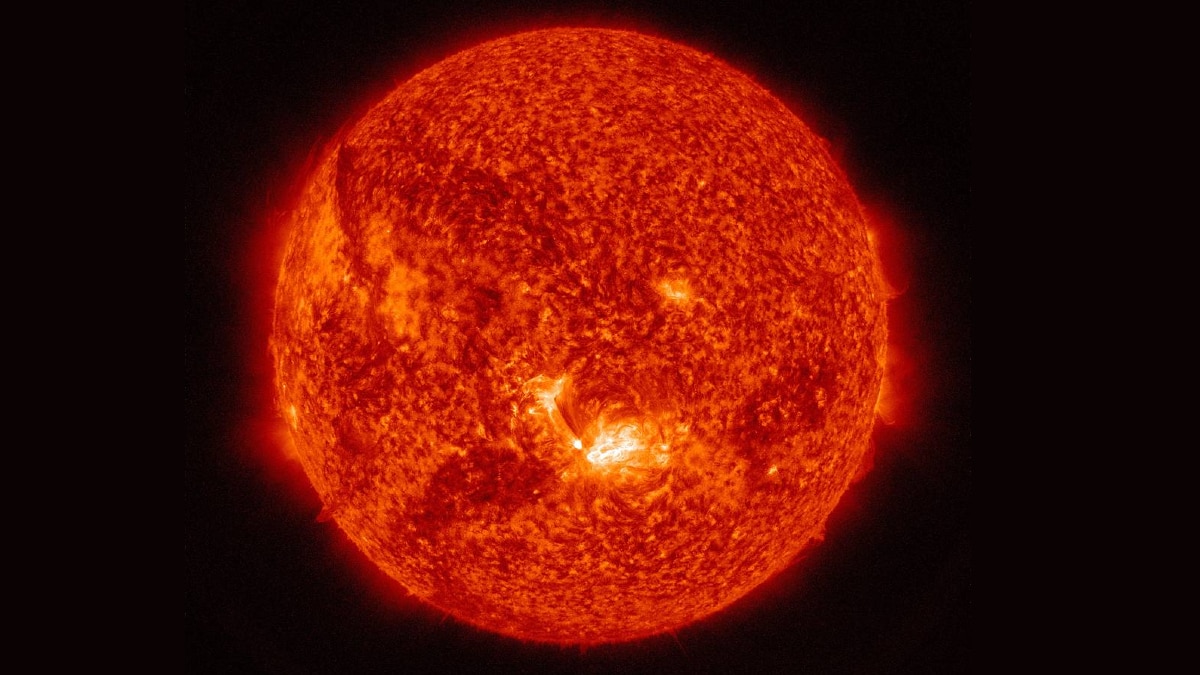Understanding the Recent Solar Storm Threats
In recent days, a significant explosion on the Sun has raised alarms about potential solar storms heading toward Earth. These explosive events, akin to volcanic eruptions, occur in craters on the Sun’s surface and release vast amounts of energy. When this energy propagates through space, we refer to it as a solar flare, risking impactful solar storms that can reach our planet. As the frequency of these solar incidents seems to increase, alerts have been issued for yet another solar storm.
The Latest Solar Storm Alert
The month of October started with a spectacular solar event, as reported by NASA. Within just 24 hours, the agency identified two significant explosions on the Sun. Among these, one was classified as a Class X solar flare with an intensity of X7.1, marking it as a potent solar storm. This particular flare was recorded to have erupted from the Sun at 6:20 PM (EDT) on October 1.
Understanding Class X Solar Flares
According to space weather experts, this recent storm is one of the largest observed during the ongoing 25th solar cycle. The flare originated from a highly active sunspot known as AR3842, which also experienced an explosion just a day prior, on September 30. Notably, a more intense storm categorized as X8.7 had occurred earlier on May 14, showcasing the dynamic nature of solar activity.
Potential Impact on Earth
The effects of this solar storm are anticipated to impact Earth by October 4. Solar storms can severely disrupt high-frequency (HF) radio communications, leading to widespread consequences. When these solar events interact with Earth’s magnetic field, they can create stunning auroras, but they also pose risks to navigation systems, power grids, and satellite communications.
Key Effects of Solar Storms
| Effect | Description |
|---|---|
| Auroras | Beautiful natural light displays, commonly seen near the poles, caused by charged particles interacting with the Earth’s atmosphere. |
| Radio Communication Disruption | High-frequency radio signals can be severely impacted, resulting in communication blackouts for aviation and marine operations. |
| Power Grid Failures | Power systems may face disruptions or even failures due to surges in electric currents induced by solar activity. |
| Navigation System Errors | GPS and other navigation systems can experience inaccuracies, leading to potential risks for transport and logistics. |
| Satellite Damage | Solar storms can affect satellites, potentially leading to service interruptions or damage to onboard systems. |
Conclusion
As we continue to monitor these solar events, understanding their implications on Earth is crucial. While solar storms can be awe-inspiring, they also remind us of our planet’s vulnerability to cosmic phenomena. Staying informed about such developments helps us mitigate risks associated with space weather, ensuring better preparedness for the potential impacts of these powerful solar occurrences.









